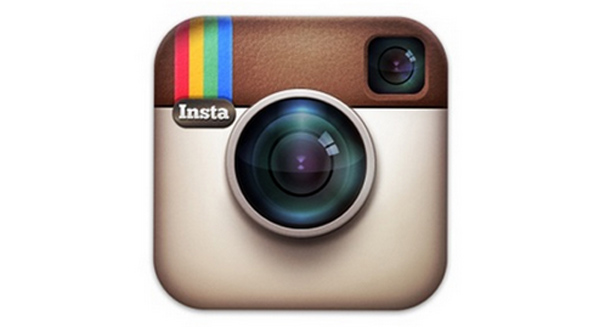
Instagram launches video.
Earlier this week, industry analysts and publications were buzzing with rumors about what sort of announcement could be behind Facebook’s mysterious June 20 coffee-house press event. Speculation initially suggested the company would reveal an RSS reader, built to replace the outgoing Google reader, but thoughts eventually shifted toward Instagram, Facebook’s photo-sharing application, and the video service it was looking to add to combat Twitter’s popular Vine service.
Facebook proved the latter party correct on Thursday, unveiling a brand-new video service addition to Instagram that will allow users to take short, 15-second video clips and share them with their friends. The Instagram video time limit is one of the many differences the application has from Twitter’s Vine, which only allows for six-second clips.
Of course, Instagram’s definitive characteristic will be applied to those videos as well. Instagram became popular rapidly last year, due in part to the interesting array of color filters, contrast settings, and hue alterations users could apply to their photos. The new video update will allow users to utilize those same filters on their video clips.
Another major difference between the two short-form video services is that Instagram video lacks Vine’s looping capability. The reason many have flocked to Vine since it debuted earlier this year has very little to do with social sharing and everything to do with artistry. Vine allows users to create videos that run in continuous motion, and the creation of a perfectly looped video–in essence, a video with editing so perfectly-executed that viewers can’t see where it ends or begins–has become something of a noted accomplishment among Twitter’s Vine users. Instagram video, on the other hand, will let users stop and start their recordings until the allotted 15 second time limit is filled, but no looping capability exists.
Though Instagram video was initially painted as an app built to compete with Vine–especially considering the competition that already exists between Facebook and Twitter as social media entities–numerous analysts and noted Vine enthusiasts went on record Thursday and Friday to note that, while both services allow users to share short videos, they aren’t really the same.
In fact, the differences between the two video services essentially reflect the differences in the Facebook and Twitter models: Facebook is more social, more open-ended, built in a way that offers users the largest window possible into the lives of their friends; Twitter, on the other hand, is constructed on a foundation of limits and concision, driven largely by its “personalized news feed” aesthetic, and oriented to allow celebrities a place to share freely with their followers. In that case, the differences between Instagram video and Vine make sense: one allows for longer-form clips and is built for more practical social sharing purposes, while the other is a more artistic, abstract application. Both have their place.
Leave a Reply